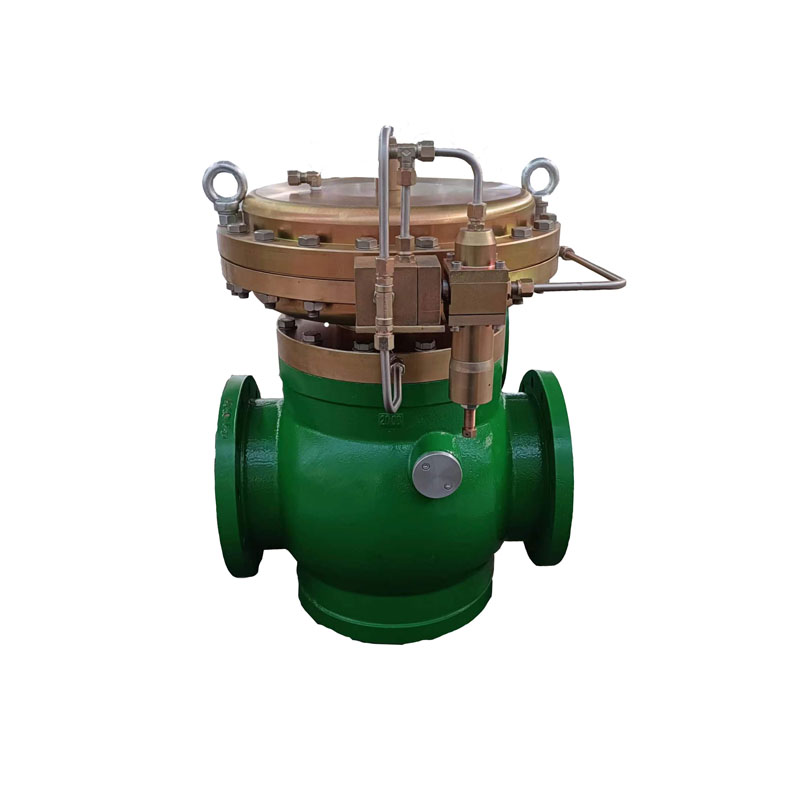
Dec . 21, 2024 06:13
Back to list
heat exchanger
Understanding Heat Exchangers Principles, Types, and Applications
Heat exchangers are crucial components in a wide range of industries, facilitating the transfer of heat between two or more fluids without mixing them. Their significance in thermal management cannot be overstated, as they play a vital role in enhancing energy efficiency, optimizing processes, and reducing operational costs. This article delves into the principles of heat exchange, various types of heat exchangers, and their diverse applications across different sectors.
Principles of Heat Exchange
At its core, a heat exchanger operates on the principle of thermal conductivity, allowing heat to flow from a hotter fluid to a cooler one. This process is governed by the laws of thermodynamics. The heat transfer typically occurs through conduction, where energy is transmitted from one molecule to another, and convection, where fluid movement enhances heat transfer rates. The effectiveness of a heat exchanger is determined by its design, the materials used, the flow arrangement of the fluids, and the temperature difference between the hot and cold fluids.
Heat exchangers are categorized based on their configurations, including counterflow, parallel flow, and crossflow. In counterflow heat exchangers, the fluids move in opposite directions, maximizing the temperature gradient and heat transfer efficiency. Parallel flow heat exchangers have both fluids moving in the same direction, which can limit efficiency compared to counterflow designs. Crossflow heat exchangers, on the other hand, feature fluids that move perpendicular to each other, offering a balance between complexity and efficiency.
Types of Heat Exchangers
Heat exchangers come in various types, each suited for specific applications
1. Shell and Tube Heat Exchanger This type consists of rows of tubes, with one fluid flowing through the tubes and another fluid circulating around the outside of the tubes within a larger shell. Shell and tube exchangers are known for their high efficiency and are widely used in power plants, chemical processing, and oil refineries.
2. Plate Heat Exchanger Comprised of thin plates stacked together, this design maximizes surface area for heat transfer. They are compact and efficient, making them ideal for applications in food processing, HVAC systems, and pharmaceutical industries.
heat exchanger

3. Air-Cooled Heat Exchanger These systems utilize air as a cooling medium. They are especially beneficial in locations with limited water resources. Air-cooled exchangers are commonly used in gas plants and refineries.
4. Double-Pipe Heat Exchanger This simpler design features one pipe inside another, allowing two fluids to flow in opposite directions. Though less common in large-scale applications due to lower heat transfer efficiency, they are easy to maintain and are suitable for smaller-scale operations.
5. Fin-tube Heat Exchanger This type utilizes fins to increase the surface area, enhancing heat transfer efficiency. They are often employed in refrigeration and automotive applications.
Applications of Heat Exchangers
Heat exchangers are employed across various industries, showcasing their versatility and importance.
- Oil and Gas They are used to recover waste heat from exhaust gases and improve the efficiency of refining processes. - HVAC In heating, ventilation, and air conditioning systems, heat exchangers transfer heat between air and refrigerants, ensuring optimal indoor comfort. - Food and Beverage They play a vital role in pasteurizing products and maintaining safety by controlling temperatures during production. - Chemical Processing Heat exchangers are essential in reactors, ensuring that exothermic and endothermic reactions can be controlled effectively. - Power Generation They are integral to steam turbines, where heat recovery from exhaust can improve overall plant efficiency.
Conclusion
In conclusion, heat exchangers are indispensable components in modern engineering and industrial applications, optimizing heat transfer processes to enhance operational efficiency. Their diverse types and configurations allow for tailored solutions across multiple sectors, ensuring that industries can meet energy demands while minimizing waste and environmental impact. As technology advances, the design and efficiency of heat exchangers will undoubtedly continue to evolve, paving the way for more sustainable industrial practices in the future. Understanding their principles and applications is crucial for engineers, industry professionals, and anyone involved in energy management and process optimization.
Next:
Latest news
-
Safety Valve Spring-Loaded Design Overpressure ProtectionNewsJul.25,2025
-
Precision Voltage Regulator AC5 Accuracy Grade PerformanceNewsJul.25,2025
-
Natural Gas Pressure Regulating Skid Industrial Pipeline ApplicationsNewsJul.25,2025
-
Natural Gas Filter Stainless Steel Mesh Element DesignNewsJul.25,2025
-
Gas Pressure Regulator Valve Direct-Acting Spring-Loaded DesignNewsJul.25,2025
-
Decompression Equipment Multi-Stage Heat Exchange System DesignNewsJul.25,2025

